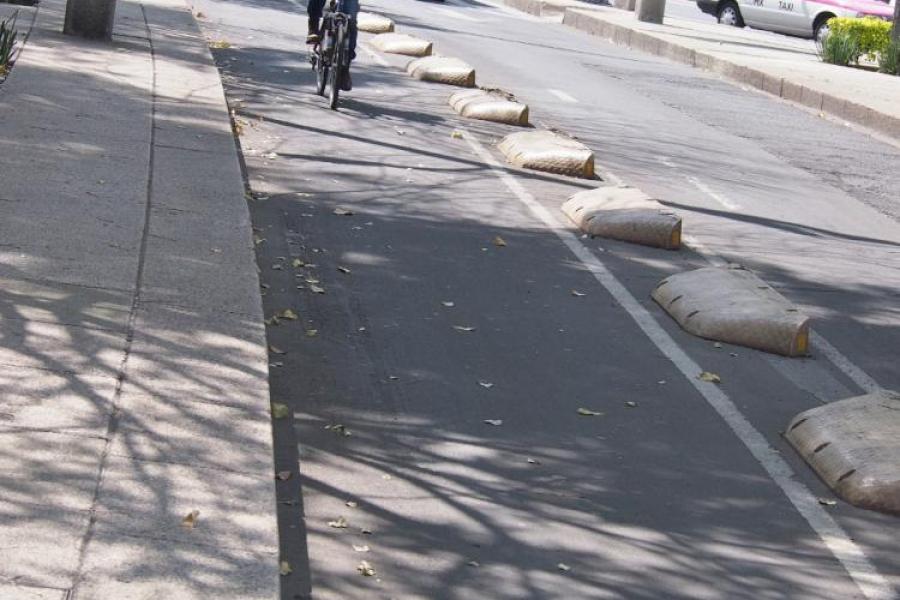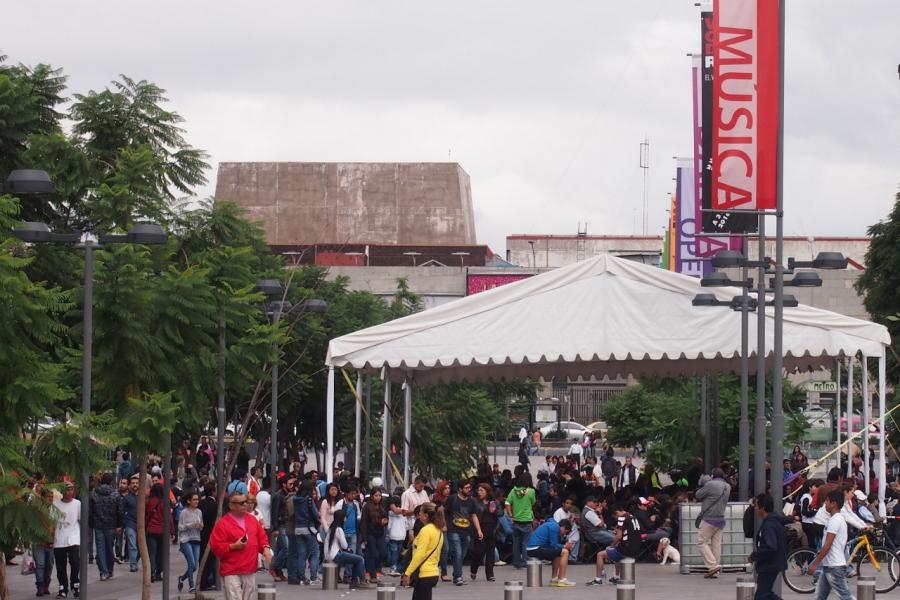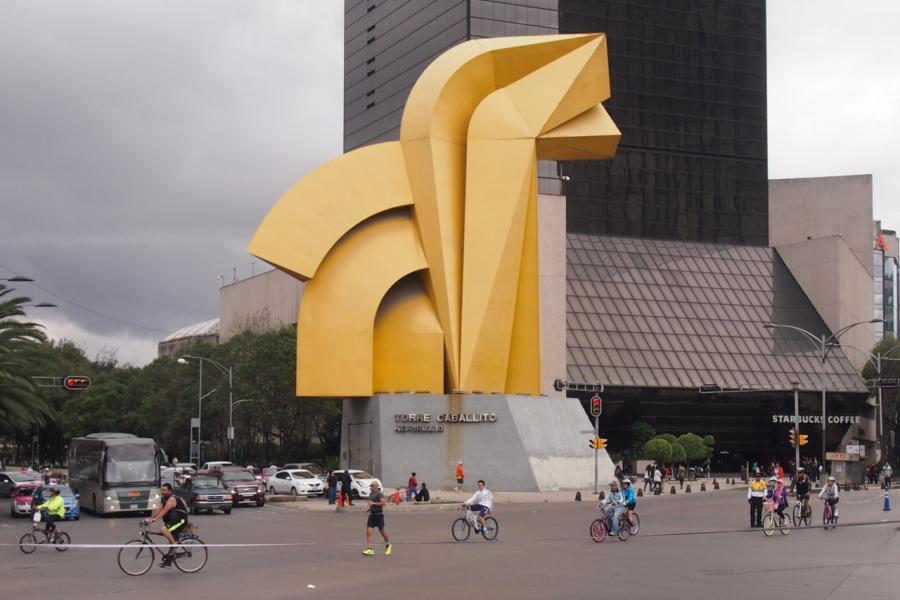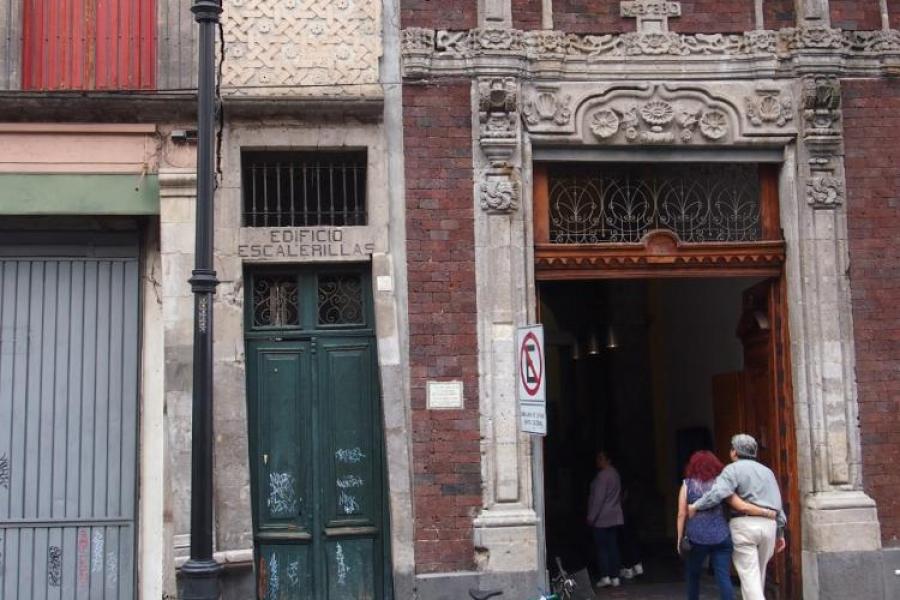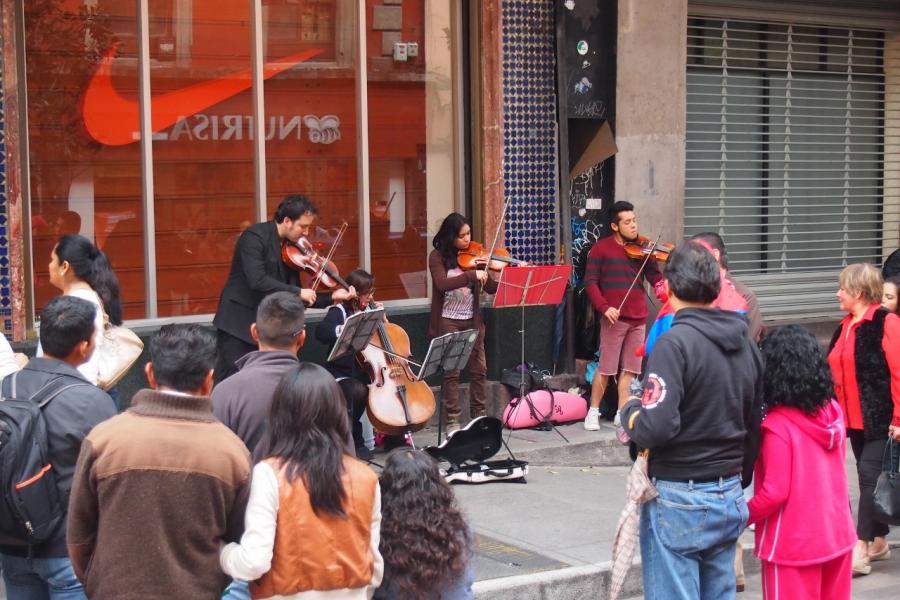Ciudad de Mexico (Originally posted 16 Nov 2015)
Country
Mexico City is the original big gorilla. It was a mega-city before the tag was invented. The city boundaries contain the populations of Sydney and Melbourne combined (8.4 mil), and its urbane sprawl, the total population of Australia (22 mil). Fifty kilometres out you plunge into the smog and traffic like diving into an ocean. It is immense, relentless, pounding. It is, at first impression, no place for an easy going Team Elephant but, like a giant star, its gravitational pull is irresistible and we were drawn in with quiet determination (and a well thought out navigation plan).
The site of Ciudad de Mexico has been a monumental city for more than 600 years. Once the site of the Aztec capital Tenochtitlán, its size and splendor amazed the Spaniard Hernán Cortés and his conquistadors and, after deposing the Aztec emperor Moctezuma, Cortés used stones cut by the Aztecs to lay the foundations of the modern city. Through the centuries a succession of new monuments have risen on the reclaimed swamp of Lago de Texcoco. If today's glass towers, with their exoskeletons of steel to brace against seismic shocks, look less Aztec and more Chicago then it is useful to recall that the city has more than 1500 buildings spanning a succession of architectural styles which are listed as national monuments and the historical centre of the city is on the UNESCO World Herritage list.
Many of the country's foundational myths and much of its history are to be found in Mexico City. It simply cannot be ignored. It has one fifth of the population of the country and accounts for about 22% of GDP. There are hundreds of museums and galleries. It has wealth and swagger, poverty and smog, Ferraris in gridlocked traffic and an espresso coffee on every corner. Businessmen in ill-fitting suits with mobile phones stuck to their faces and secretaries with long legs and tight skirts, and lawyers and plumbers and window cleaners and policemen with ballistic vests all thunder along the leafy boulevards; a herd of berwilderbeasts channelled by an army of street vendors and kept in check by a river of traffic. At this level it seems like any other big city; a place where any dream can be chased and where you will find your tribe, whoever they be, and they will embrace you, non-judgemental and welcoming.
Mexico may have been one of the first mega-cities but these days it is less exceptional. With the rapid urbanisation of China, India and much of South East Asia, new mega-cities seem to appear each month. China will be largely urbanised by the middle of the century and many look at this prospect with horror. There is a romantic view afoot that sees in urbanisation a lost agrarian utopia and a bleak, smoggy future full of the horrors of the industrialised world. But this is largely a conceit and the data tells a different story. As populations urbanise they become richer, education levels rise, health and life expectancy improve and the opportunities for new generations grow. Personal freedoms also improve and, for many, urbanisation provides the necessary foundation for an artistic, productive or entrepreneurial future unimaginable elsewhere.
If there is a lesson in Mexico City it is that despite everything, despite an unsuitable site on unstable ground, despite unchecked growth and lagging infrastructure and inadequate roads and overloaded transport and insufficient housing and the whole modern catastrophe, it is still a place of great beauty where good people lead useful lives and build for the future. It could have all turned out very differently and it is a credit to modern Mexico that it, somehow, works as well as it does.
A useful sidebar to Mexico City that helps explain its overwhelming influence on the remainder of the country came after the catastrophic earthquake of 1985. Five thousand people died and hundreds of thousands were made homeless as buildings founded on the unstable soils of the swamp collapsed. Buildings of a certain height were particularly vulnerable as they vibrated with the same frequency as the saturated soils below. There were two significant long term consequences of the quake of '85. The first and most obvious is that the city was rebuilt with determination and vision. Today's glass towers are strengthened with a skeleton of steel and anchored to seismic shock absorbers to guard against the next event. Investment in new infrastructure has given the city an extensive freeway network, metro and public transport system. These have given it a fighting chance as a modern city.
The second consequence is less obvious. After the 'quake tens of thousands left the city for good, unhappy about living in a place where another disaster was always on offer. They flooded into cities like Guadalajara and a dozen smaller places around the country taking with them their big-city drive and entrepreneurial skills. Guadalajara doubled in size in a few years and went from being a sleepy backwater to a thriving metropolis and Mexico's second city almost overnight. A dozen other smaller places grew from country towns to thriving commercial cities. Mexico City's misery was an important factor in building the modern nation.
We left Mexico City with all the care and planning that had marked our entry. We were pleased to be out of the belly of the monster, but also pleased that we had gone there in the first place. It is, without doubt, a city not to be missed.















